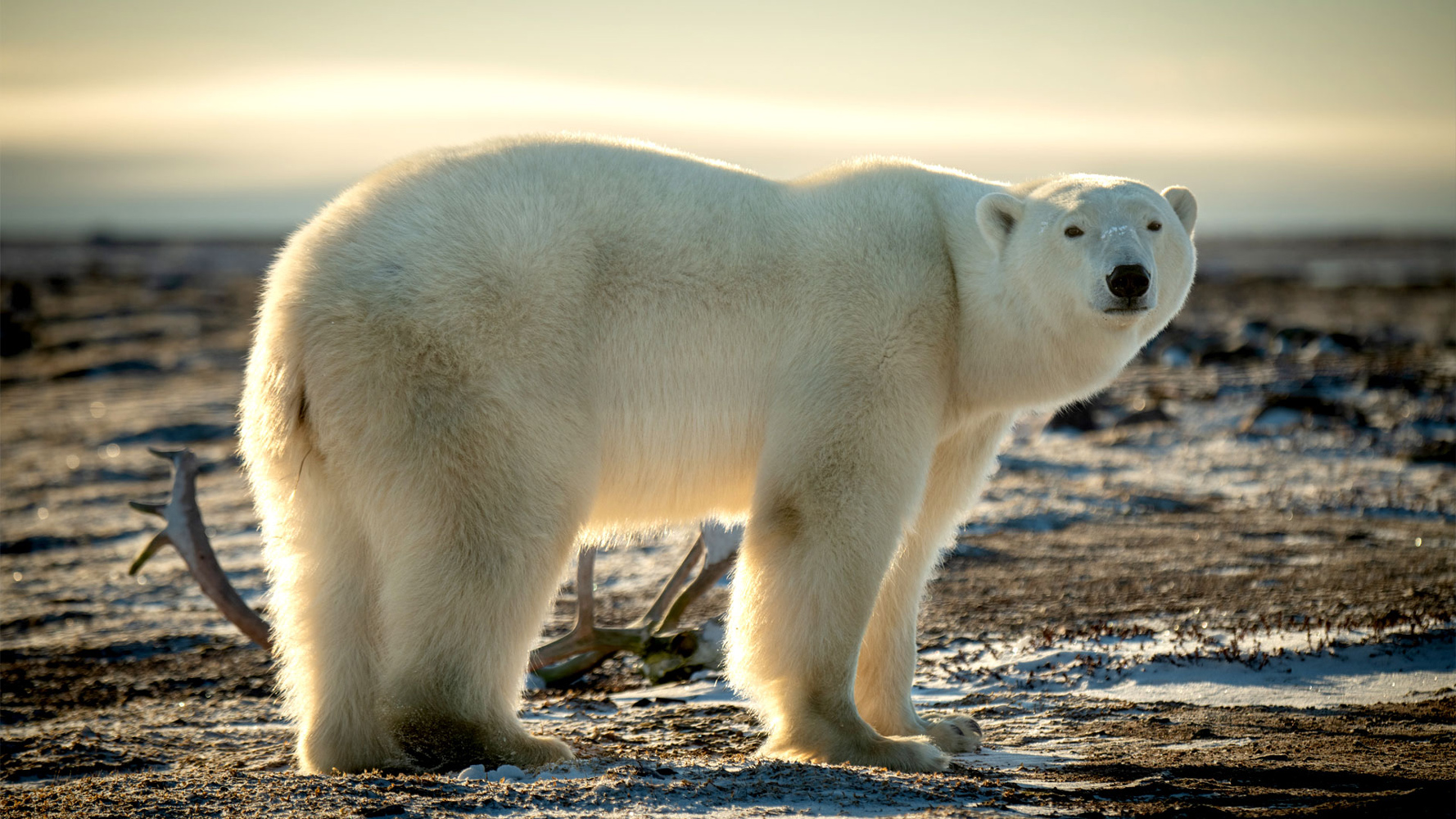Washington Class Embraces and Protects Polar Bears
December 20, 2022
Third graders in Washington Primary School teacher Katie Kalkau’s class have fallen in love with polar bears this winter. In fact, the youngsters adopted one as a class pet and named him Hudson.
During an opinion writing unit, students wrote letters to Mrs. Kalkau, persuading her to adopt an arctic animal of their choice. “It was very difficult to choose since they all came up with very convincing facts and reasons about their animals and why they would be a great fit in our classroom,” the teacher said.
The third graders really worked hard on their opinion pieces and they all made great arguments.
“The students used their knowledge of animal adaptations that we’ve been learning about in science in their writing,” Mrs. Kalkau said. “I finally chose to adopt a polar bear from the World Wildlife Fund because who would not want an animal that ‘has thick fur to keep us warm during the winter’ and ‘is so big, that we can all cuddle with while reading?’ Our class is now complete!”
Principal Michelle Richards loved hearing about the project and took delight in learning about the ultimate decision to tap the polar bear as the class pet.

“The largest bear in the world and the Arctic’s top predator, polar bears are a powerful symbol of the strength and endurance of the Arctic,” according to the World Wildlife Fund. “This majestic species spends much of its life in, around or on the ocean; predominantly on the sea ice. In the United States, Alaska is home to two polar bear subpopulations. Considered talented swimmers, polar bears can sustain a pace of six miles per hour by paddling with their front paws and holding their hind legs flat like a rudder. They have a thick layer of body fat and a water-repellent coat that insulates them from the cold air and water.”
The third graders went a step further. WWF President and CEO Carter S. Roberts sent the class a certificate acknowledging its “generous contribution” to the organization “to protect species and their habitats.”
The Washington third graders have really embraced their new class pet. Hudson is just as popular as any classmate.
“Polar bears spend over 50 percent of their time hunting for food,” according to the World Wildlife Fund. “A polar bear might catch only one or two out of 10 seals it hunts, depending on the time of year and other variables. Their diet mainly consists of ringed and bearded seals because they need large amounts of fat to survive. Polar bears rely heavily on sea ice for traveling, hunting, resting, mating and, in some areas, maternal dens. As their sea ice habitat recedes earlier in the spring and forms later in the fall, polar bears are increasingly spending longer periods on land, where they are often attracted to areas where humans live.”
Polar Bear Fun Facts: (Courtesy of the World Wildlife Fund.)
• 25 miles per hour: The polar bear’s top speed
• 42 razor sharp teeth: With jagged back teeth and canines larger than grizzly teeth, they pack quite the bite
• 30 cm wide paws: The size of a dinner plate! A natural snowshoe that helps the bear trek across treacherous ice and deep snow
• 3 eyelids: The third helps protect the bear’s eyes from the elements
• 4 inches of fat: Under the bear’s skin to keep it warm
• Black skin
• Transparent fur
• Blue tongue
